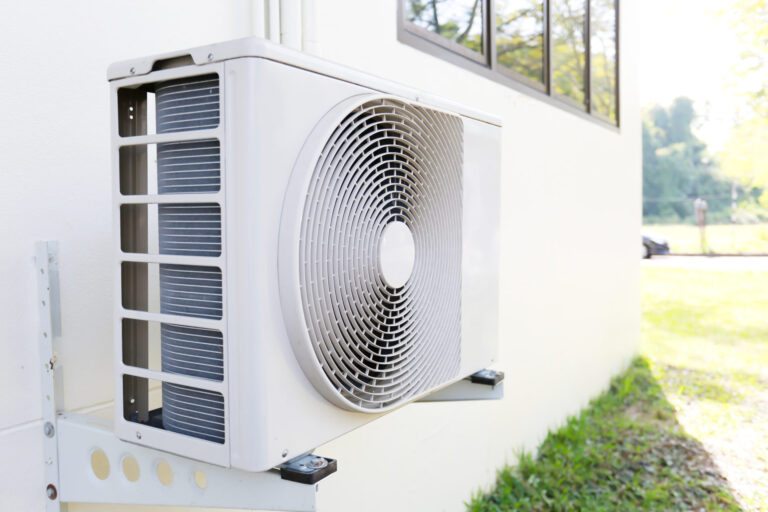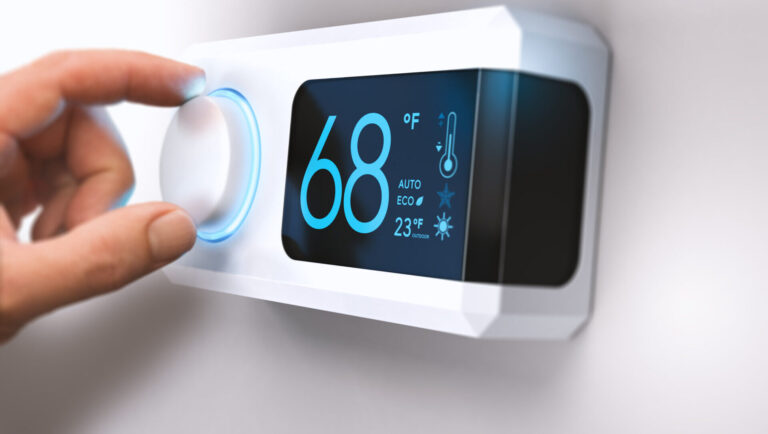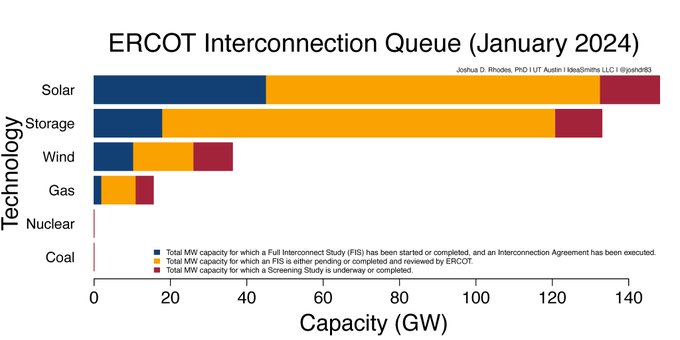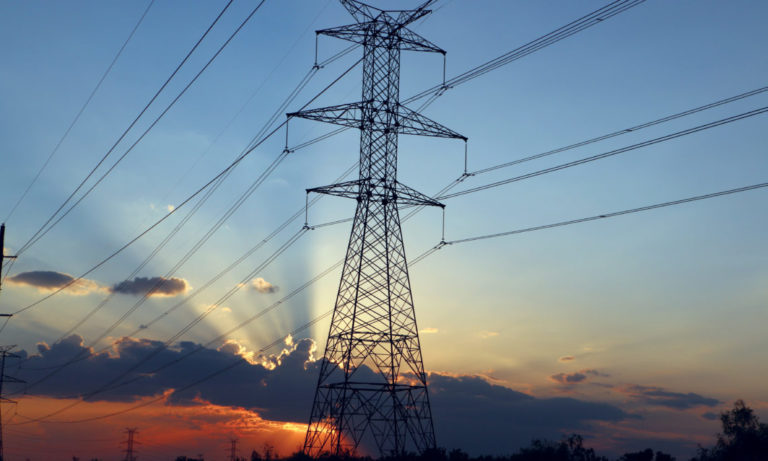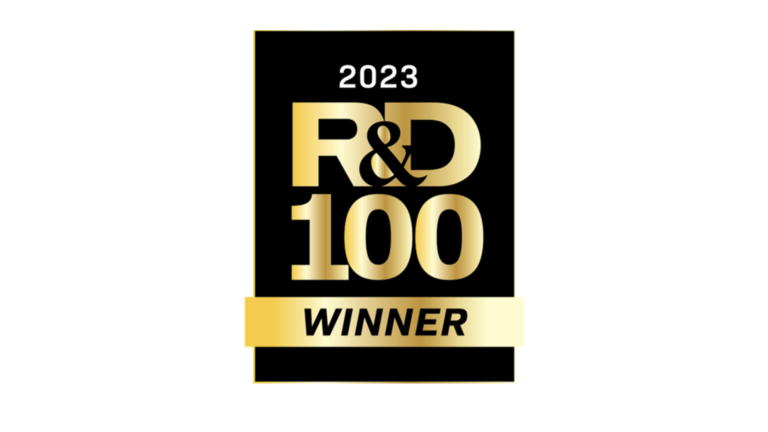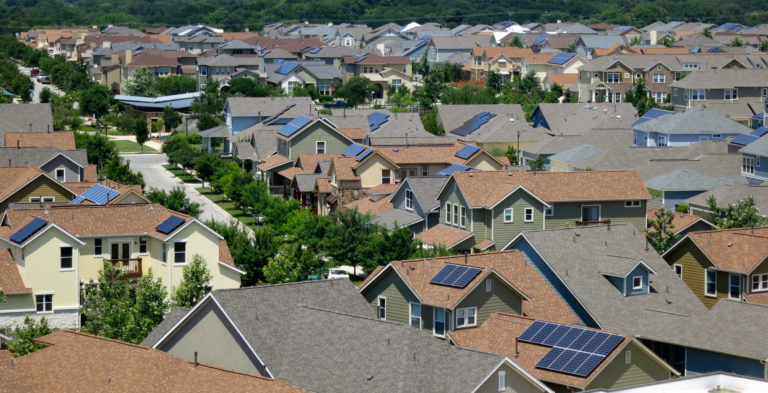February 18, 2025
By Scott Hinson, chief technology officer, Pecan Street
Virtual power plants (VPPs) are one of the newer “new energy” approaches that could dramatically alter how we manage our electric grids. Their potential is significant, but their deployment is being held back by familiar obstacles that have slowed the adoption of other clean energy technologies, from EVs to home energy storage.
Chief among these obstacles is the interoperability of energy system hardware, software and data platforms. And until we make electricity and energy data as brand-agnostic as digital photos, VPPs will struggle to penetrate the market as fast as they could – and as fast as we need them to stabilize the grid and negate the need for expensive new power plants.
Interoperability didn’t matter much when Edison’s centralized approach to electricity was deployed across the country. But as distributed energy resources (DERs) have proliferated, it has become more than important. It’s essential.
The Role of IEEE 2030.5
IEEE 2030.5, also known as the Smart Energy Profile (SEP2), is a communication protocol specifically designed for DERs. It provides a framework for communication between DERs which yields a secure, bidirectional communication link for integrating DERs into grid operations, either as stand-alone entities or aggregations. It is the closest standard we have now to a true plug-and-play ecosystem. Though IEEE 2030.5 is emerging as the clear leader in facilitating device-level communication and interoperability, there is an urgent need to address misconceptions about control, ownership and device safety that threaten to stifle market growth and consumer choice.
In an effort to control the potential (future) revenues related to DERs, manufacturers are not sharing device access with third parties or are making device access prohibitively expensive. These business principles are detrimental to market development and infringe on the rights of the device owner – homeowners – who should be allowed to integrate the products they own into whatever system they want.
When a consumer buys a car, they have the freedom to decide how it is maintained, who services it, and even how it is used. They can choose to use it for personal travel, ridesharing, or commercial delivery. Imagine how a car company would fare if it dictated who could drive a car, or for what reason. You can see how innovation in the auto industry would suffer if every manufacturer acted this way.
Ensuring Device Safety Without Limiting Choice
Some have argued that extending access to non-manufacturers (third parties) would create energy safety issues. This is a false premise. Modern energy devices are designed with robust hardware and software safety mechanisms built-in to prevent damage from inappropriate control requests, whether those commands originate from the OEM, a third-party aggregator, or even the user.
Solar inverters have protective features that prevent overheating or circuit damage. EV chargers cannot operate in a way that would harm the vehicle, operator or the grid. These safeguards are inherent to the device’s design and absolutely must function independently of who aggregates them. If devices could be damaged by external commands, it would represent a fundamental design flaw with inherent legal liability. The argument that third-party aggregators pose a safety risk is likely an admission of poor engineering design or a red-herring to avoid losing market share.
Pecan Street’s work with Austin Energy’s SHINES project showed this to be the case 6 years ago. The individual storage systems in our battery aggregation used for voltage control, energy arbitrage and demand reduction would limit their performance based on ambient temperature, battery state of charge, battery cell voltages and other parameters. A large portion of our engineering time was spent understanding those limitations and designing a system that would provide an accurate representation of the system capacity available for dispatch.
Unlocking the Market Potential of Interoperability
The shift to open standards and interoperable devices is not merely a technical issue — it is an economic imperative. Limiting interoperability by restricting who can aggregate devices undermines market dynamics, discourages competition, and reduces the overall value of DERs.
Interoperability unlocks economies of scale that drive down costs for consumers and manufacturers. By adhering to common standards like IEEE 2030.5, manufacturers can avoid the costly process of developing proprietary protocols and instead focus on enhancing system performance and features. For consumers, this translates into more affordable devices and services and the freedom to choose the best options for their needs.
The energy infrastructure is deemed critical infrastructure by the federal government, and we must treat distributed devices the same way we treat utility-operated devices. By preventing monopolistic practices that restrict choice and hinder innovation, regulators can foster an environment that accelerates the deployment of clean energy technologies and supports broader decarbonization goals.
By embracing open standards, empowering consumer choice, and fostering competition, we can unlock the full potential of DERs and VPPs. This approach not only benefits individual consumers but also strengthens the grid, accelerates the adoption of clean energy, and drives innovation across the energy sector.










